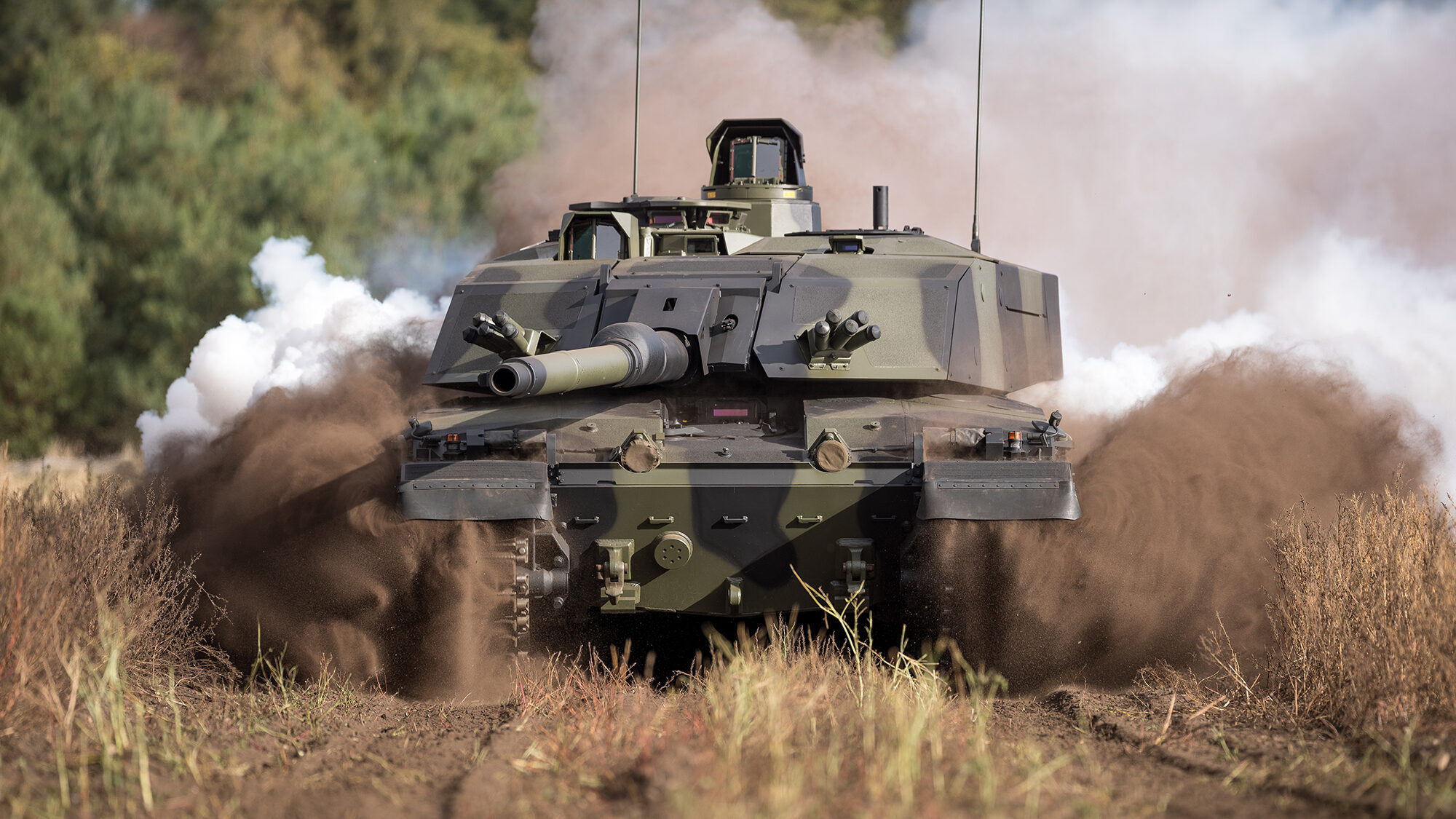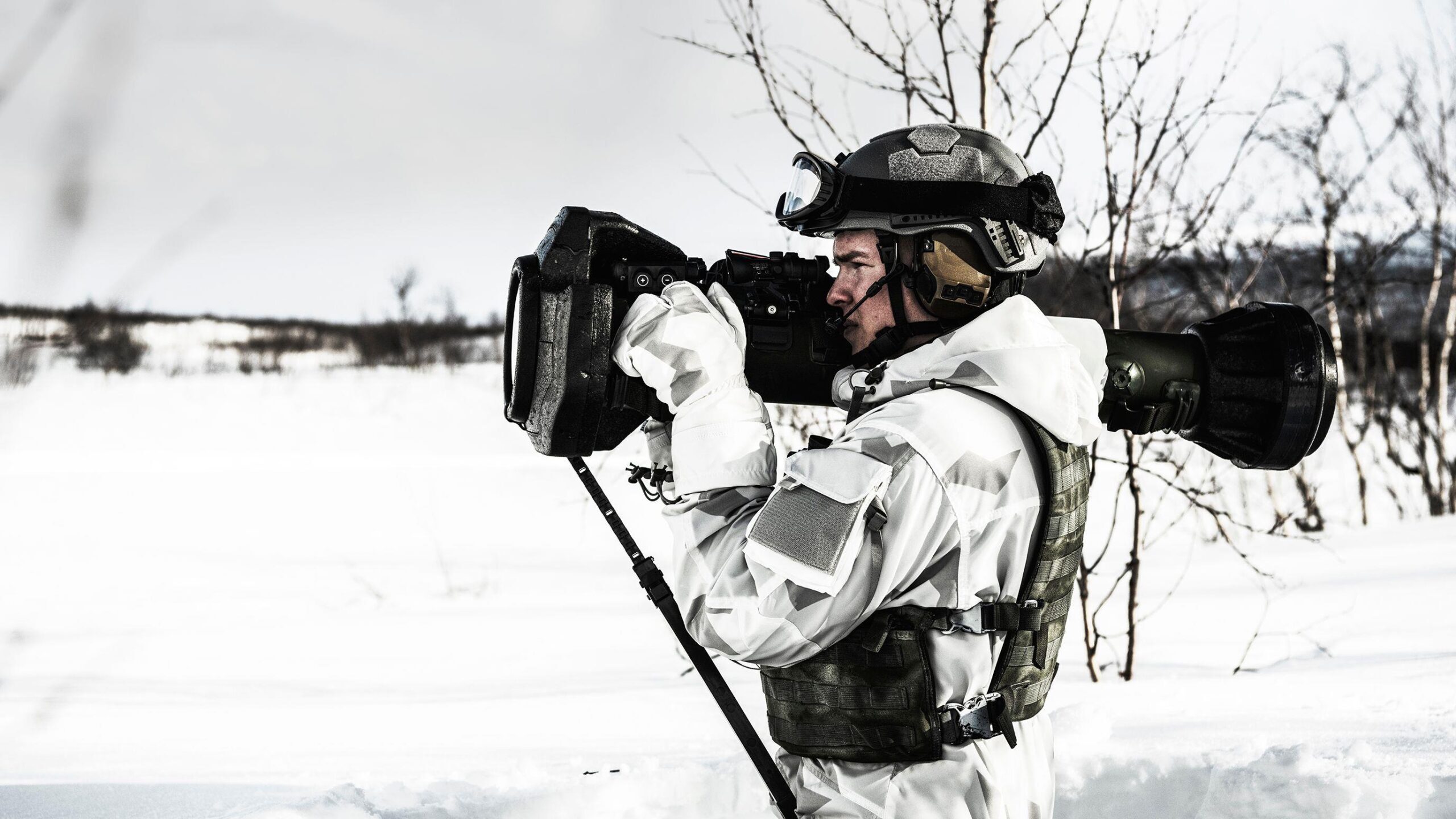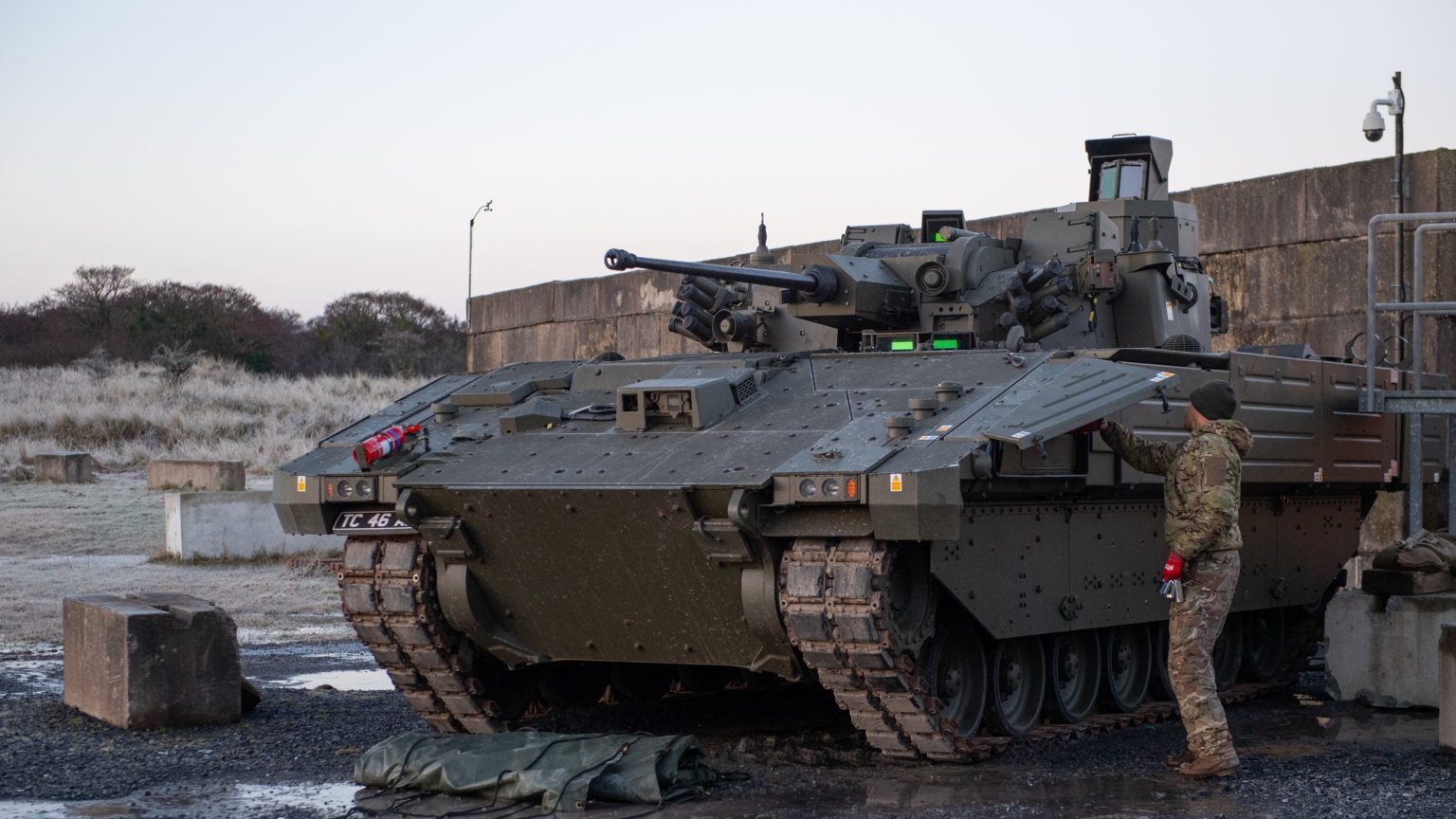TIM MARTIN

BELFAST — A top UK military leader revealed this week that operational analysis of the Ukraine war led the British Army to feel “very uncomfortable” with aspects of its Future Soldier modernization program.
Lt. Gen. Sharon Nesmith, Deputy Chief of the Defence Staff, said the Eastern European conflict had in “the first instance” caused the army to reconsider how to address air defense, uncrewed systems, deep fires and intelligence, surveillance, targeting and reconnaissance (ISTAR) capability gaps.
During the three-hour-long Wednesday UK defense committee hearing — which provided the clearest glimpse yet into the war’s impact on UK land strategy — Nesmith told lawmakers that in an attempt to fix the problems, the service has already completed an “internal balance of investment” and continues to look for opportunities to accelerate procurement. But the new approach could be troubled by “two realistic constraints,” Nesmith said: supply chain difficulties and industrial capacity.
“There is a lot [regarding] our industrial capacity [to focus on] and recognition that we have not invested in the land industrial base, as we would now wish to,” she added.
Originally published in November 2021, Future Solider aims to achieve the most “radical transformation” of the British Army in 20 years by delivering a fully modernized warfighting division by 2030, largely dependent on entry to service of Challenger 3 main battle tanks, Ajax armored fighting vehicles and Boxer wheeled, armored personnel carriers.
To support the Future Soldier plan, the UK government has approved a £41.3 billion ($50.4 billion USD) funding package for British army procurement and support to the end of the decade, but critics argue that the recent acquisition record of the service, beset by gross overspending, program cancellations, industrial disputes and equipment not entering service in line with original timeline projections, puts the 2030 target in jeopardy.
Indeed, a delay to the Boxer to reaching full operational capability in 2032, confirmed for the first time during the hearing by Alex Chalk, UK minister for defense procurement, means the 2030 ambition will not be met for that system.
Francis Tusa, a UK defense analyst and frequent MoD critic told Breaking Defense, “The army for land equipment in the past decade, has held a budget of £12-14 billion, outside of funding for missiles and items like helicopters which are different, and in that time they have not introduced a single new piece of equipment to service.
In addition to confronting capability gap issues, Ukraine has also forced senior army officials to reassess logistics and stockpile management.
“Those are areas… we need to mitigate,” said Nesmith.
Any immediate changes to British Army procurement and UK military budgeting are expected to be included in the forthcoming integrated review refresh, aimed at revising national defense policy to better reflect how to manage Russian threats and future operations. Chalk, said during Wednesday’s hearing that funding over 10 years had been approved to replenish weapons stocks, in addition to £560 million ($684 million USD) set out in the most recent Autumn Statement, the annual UK budget review published in mid-November.
But questions remain over how much of the £560 million will be spent on UK stockpiles or alternatively used for “onward deliveries” to Ukraine, according to Tusa.
British Tanks To Join Long List Of Security Assistance For Kyiv
London has so far committed £2.3 billion ($2.8 billion) in military aid to Ukraine and has provided over 10,000 anti-tank missiles, including Next generation Light Anti-tank Weapon (NLAW), Javelin and Brimstone munitions, more than 200 armored vehicles, close to 100,000 rounds of artillery ammunition, “nearly” three million rounds of small arms ammunition, multiple launch rocket systems, Advanced Medium-Range Air-to-Air Missiles (AMRAAM) integrated on National Advanced Surface-to-Air Missile System (NASAMS), according to MoD figures.

Ukraine has used supplies from the UK of Saab’s NLAW antitank weapon to destroy Russian targets (Saab)
After Poland’s decision Wednesday to supply Leopard 2 main battle tanks to Ukraine, the UK reportedly will follow Warsaw’s lead by offering Challenger 2 platforms, though London has yet to announce how many vehicles will be included in the package.
“We are accelerating our support to Ukraine with the kind of next-generation military technology that will win this war,” said a UK government spokesperson in a statement. “The Prime Minister has tasked the Defence Secretary to work with partners in the coming weeks to discuss how we can go even further, and faster, on our support to Ukraine, including the provision of tanks.”
Kevan Jones, Labour MP, said during the defense committee meeting that giving only 12 Challenger 2 vehicles, a quantity reportedly linked to UK thinking, would be an insufficient “PR stunt” by the MoD, on the basis that their capabilities are outdated.
Tusa agreed, saying, “Really a national effort should be based around getting as many Challenger 2 vehicles operationally deployable as possible and sending the entire lot to Ukraine. Stop thinking of just 10 and send 100 so they could realistically field two armored regiments.” He suggested the capabilities of the Challenger 2 make it a highly useful asset for Ukraine, not least because of how it can withstand enemy fire.
“It is absolutely impossible to deny that it is the only MBT in the last 30 years, which has never been destroyed when attacked, which includes being shot at a lot in Iraq,” Tusa added.
But the Challengers are already in need of their first update in years.
The British Army currently operates 227 of the 72-ton tanks, 148 of which are to be upgraded to the Challenger 3 standard, a first Challenger upgrade since 1998. The newer vehicle adds increased lethality based on integration of a 120mm smoothbore L55A1 barrel. A first batch of 18 Challenger 3 tanks is expected to be delivered by Rheinmetall BAE Systems Land (RBSL) in March 2027 with initial operating capability (IOC) scheduled for November 2027 and full operational capability (FOC) planned for December 2030, said Chalk.
In line with those future milestones, the Challenger 3 upgrade matters not to Ukraine, with only the Challenger 2 an option for the UK to consider regarding main battle tank supplies to Kyiv.
‘Off Track Acquisition’
But the UK’s materiel generosity to Ukraine stands in marked contrast to the British Army’s own acquisition troubles.
The scale of the those problems were extensively laid out by defense committee members pointing out that £4 billion ($4.9 billion USD) had been spent over 10 years on the Ajax armored reconnaissance vehicle program, despite the fact an official IOC date has still to be set.

The UK’s Ajax armored fighting vehicle program has been troubled by gross overspending and vibration issues (General Dynamics UK)
Nesmith revealed that “assumed” IOC and FOC timeframes have now been agreed by the MoD but said she was not in a position to share the dates publicly because additional due process is required.
General Dynamics UK is under contract to deliver 589 Ajax vehicles in six variants to the British Army, but because of “overcomplicated requirements,” the acquisition did not originally go according to plan, explained Nesmith.
She said that there are now “far fewer” requirements so the acquisition is “simpler to deliver against and has a broader utility.”
The MoD was forced to make fundamental safety changes to the Ajax program after the discovery of noise and vibration issues led to service personnel developing tinnitus and experiencing nausea. Testing of the vehicle stopped in November 2020 as a result. One lawmaker said that “some of the people” that were involved in the testing had since been medically discharged from the army because of serious hearing problems.
The MoD has since commissioned high-ranking British lawyer Clive Sheldon QC to review the decision-making processes surrounding the Ajax effort and make recommendations for the Army to act upon. A final draft will be passed to lawmakers “around the end of January,” said David Williams, MoD permanent secretary.
He added that a “workable solution” has been found to solve the noise and vibration issues, with vehicle user validation trials currently underway. Ajax blast protection activities have been completed as part of those trials, while 143 vehicles are 80 percent complete and a further 400 hulls ready for production, according to Chalk.
But overall the hearing suggested the conflict in Ukraine has been a wake-up call for the British Army and defense industry, which Tusa suggested have allowed themselves to atrophy to a dangerous point.
“When the UK can regularly put, even on to exercise, a realistic warfighting, mechanized infantry brigade, that will be a change in capability,” he said. “That capability has been progressively lost from the end of the 2000s.”
No comments:
Post a Comment